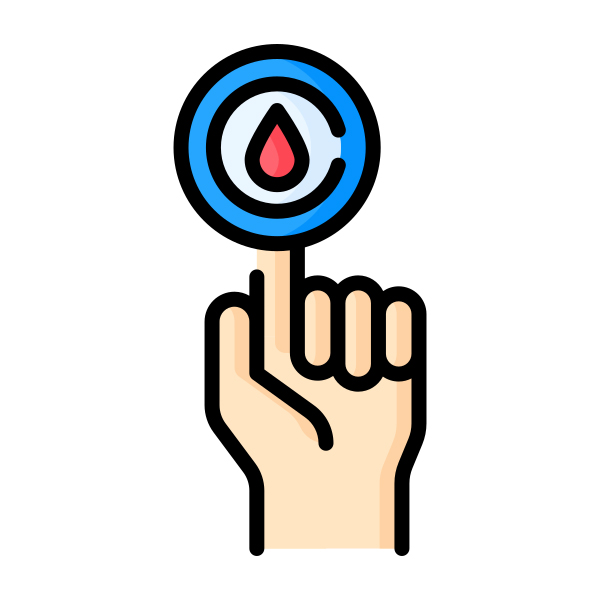Diabetes is a serious, long-term medical condition characterised by high levels of glucose in the blood. In this condition, the body is unable to control the amount of glucose in the blood. Diabetes mellitus, or diabetes, is a disease that impairs the body’s ability to process blood glucose, also known as blood sugar. All cells in the human body require glucose for energy and the insulin hormone to use it. Insulin transports sugar from the blood into your cells, where it is stored or used for energy. Diabetes occurs when your body either does not produce enough insulin or does not use the insulin that it does produce effectively. The body requires glucose to produce energy, but too much glucose causes serious problems. However, too much glucose can be dangerous. Glucose levels are primarily controlled by a hormone known as “insulin,” which is produced in the pancreas. Diabetes occurs when either insufficient insulin is produced or the body is unable to use the insulin that is produced.
How does Diabetes develop?
Diabetes is a systemic disease that, in the long run, will cause many complications and lead to other dangerous diseases, so having a basic understanding of Diabetes is essential. Diabetes is on the rise, so understanding the causes of Diabetes is critical. Diabetes is not caused by a single cause, but rather by a combination of causes/factors that work together to activate the mechanisms that cause Diabetes.
Diabetes is classified into two types.
Type 1 diabetes, also known as insulin-dependent diabetes, usually begins in childhood or as a young adult. This type of diabetes results in little to no insulin production.
Type 1 diabetes causes
This type of diabetes has little or no insulin production; it is an autoimmune disorder in which the immune system incorrectly attacks the body for unknown reasons. Factors such as viral infection or pancreas injury may play a significant role.
Type 1 diabetes signs and symptoms
- Extreme thirst
- Urination occurs frequently.
- Weakness and exhaustion
- Loss of weight
- Itching in the genital area
- Vision impairment or blur
Diabetes type 2
Although the number of children with type 2 diabetes is increasing, it usually begins in adulthood. This type of diabetes produces some insulin, but not enough, and the body as a whole cannot use it properly.
The root cause of type 2 diabetes
The pancreas may produce adequate insulin, but the body’s inability to use it effectively leads to insulin resistance, insulin production decreases, and glucose builds up in the blood.
Type 2 diabetes risk factors
- Diabetes runs in the family.
- Heightened weight
- Inactivity
- Hypertension
- Pregnancy
- Disturbances in metabolism
Type 2 diabetes signs and symptoms
- Extreme thirst
- Fatigue
- Unhappiness in general
- Urination occurs frequently.
- Vision blurriness
- The patient becomes susceptible to a variety of infections.
- Damaged tissues heal slowly.
Homoeopathy Treatment for diabetes Diabetes is viewed as a reflection of the body’s inability to function optimally in homoeopathy. There is an imbalance that causes the body to be unable to effectively utilise the insulin it produces or to produce enough insulin to meet its needs. While conventional treatment often eliminates symptoms, it does not eliminate vital force. Diabetes can be effectively treated with homoeopathy. In this section, we will primarily focus on the pancreas’s role in efficient insulin production. A diabetic patient’s metabolic condition necessitates both therapeutic and nutritional measures to be corrected. Homoeopathy has the ability to regulate sugar metabolism while also assisting in the resolution of metabolic disturbances that lead to diabetes. Furthermore, homoeopathy aids in the stimulation of the body’s self-healing powers in order to prevent complications such as open leg sores and other blood vessel dysfunctions, loss of vision, and kidney failure. Homoeopathic treatment does not focus on a single illness, organ, body part, or symptom. Remedies are prescribed based on a combination of presenting symptoms and life stresses.

